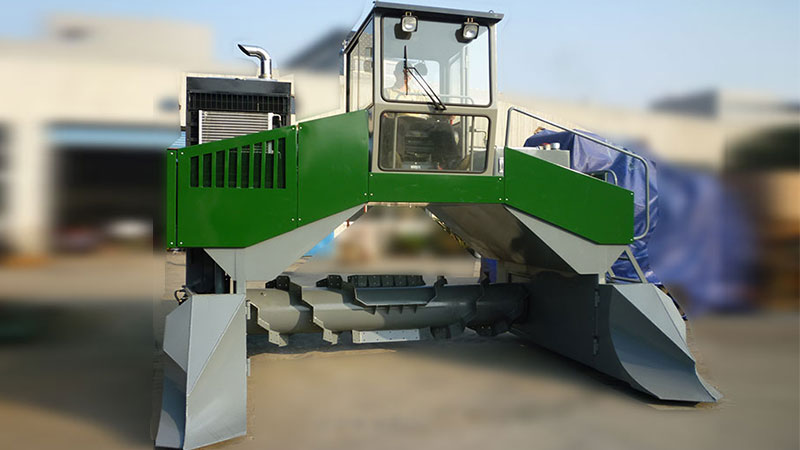
The Restriction of Hazardous Substances (RoHS) Directive of the European Union (EU) governs the use of electrical and electronic equipment (EEE) substances available on the EU market. It is aimed at reducing the negative effects of products on both the environment and human health. It restricts certain substances that manufacturers use in making in-scope products and equipment. Companies that want to know if they are compliant with the directive, should consider getting an Enviropass ROHS compliance testing. If a company fails to comply with this directive, it could face serious financial and legal consequences.
RoHS Directive Scope
The EU directive applies to companies that manufacture or bring finished EEE products to the European Union market. EEE products are those that do not function properly without electrical currents or electromagnetic fields. They are pieces of equipment utilised for generating, transferring, and measuring such currents and fields. Some kinds of products such as equipment used for national defense and security, active implantable medical devices, non-road mobile machinery designed for professional use, large-scale stationary industrial tools, pipe organs, and others are not included in the directive.
How to Demonstrate RoHS Compliance
Demonstrating RoHS directive compliance involves presenting extensive supply chain data. Manufacturers must keep in mind that a final product is considered non-compliant even if only one of its parts is not compliant. Thus, they need to consistently engage with their suppliers to get substance details on components. The supplier should be able to provide companies with RoHS compliance certification for the parts they use in the final product. For companies to be able to sell products in the EU market, they should meet many requirements and obligations before they can be issued a Declaration of Conformity.
In addition, companies must place the CE marking on their equipment or products to visibly declare conformity. The use of this market means manufacturers have made and accessed technical files that have complex data sets relevant to the compliance of the product with related legislation. Such a file should be maintained for ten years once the product has been placed on the EU market. When the RoHS compliance of a product is challenged, the manufacturer has 28 days to present the file to enforcement authorities. It is important to remember that the CE marking doesn’t only show a company’s compliance with the EU RoHS directive but also demonstrates conformity with other legislation like the Low Voltage Directive.
Can I get personalized advice on yarn selection at a yarn store?
October 26, 2023
Comments are closed.
-
What is a RACI chart template?
September 26, 2021 -
La Holiday With no Crowds
January 1, 2021 -
WHERE TO GET A WINDROW TURNER THAT WORKS
October 17, 2022





